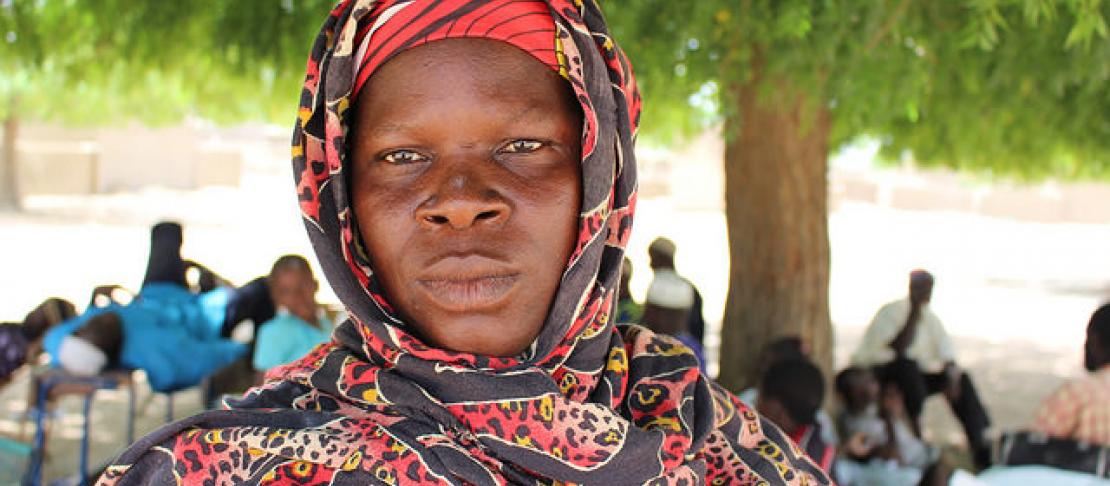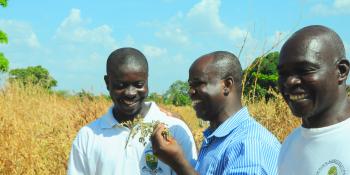Targeting the priorities of rural women is crucial for meeting global climate goals

Agriculture faces a number of challenges, including increased food demand, population growth, and climate change. If the sector is to overcome these issues, women, including their roles and perspectives, must be prioritized in rural development.
We need the transformation of rural development if agriculture is to cope with the major challenges of urbanization, demand for food, climate change, population displacement, poverty, unsustainable livelihoods, and continuing economic inequality. Given women’s role in food security, nutrition, environmental management, and social well-being—a role which is expanding in many areas as a result of male migration for employment—gender transformation is integral to rural development.
Women are, however, systematically disadvantaged, including socially, politically, and economically. They have fewer resources and entitlements, less access to land and information and services, and less participation in decision making. Added to this, the gender division of labour means women work longer days than men around the world; while in agriculture, new activities requiring additional labour are often allocated to women.
Women are highly dependent on local natural resources, and as a result are more likely to be vulnerable to climate variability impacts. The Intergovernmental Panel on Climate Change (IPCC) makes it clear that climate change will exacerbate existing gender inequalities.
How can climate-smart agriculture (CSA) support smallholder farmer adaptation and resilience to climate change, and build food and nutrition security, while also promoting gender transformation? Evidence is emerging from research by the CGIAR Research Program on Climate Change, Agriculture and Food Security (CCAFS) and partners that, when implemented in a socially- and gender-inclusive way, CSA can increase resilience while promoting the empowerment of women.
Key features of such an approach to CSA implementation include:
- Technology design and implementation that fit women’s knowledge, priorities, and perspectives. For example, laser land levelling (LLL) in India is adopted by women at a much lower rate than men farmers. Rice drum seeders, on the other hand, are beneficial for both women and men: women’s workload in manual rice seeding was reduced while rice production and farming income increased.
- Listening to the perspectives of women, which is proven to produce successful innovations. For example, the production of better fodder increases milk production and health of cows. The use of larger pots for washing rice after harvesting reduces labour and saves time. In Honduras, participatory approaches with women and men resulted in re-designed eco-stoves and improved agroforestry management systems.
- Actively involving rural women in the design of services and customizing communication channels, because when women have access to climate information, they use it. This requires taking their interests, agricultural production roles, schedules, and access to mobiles and radio into account. For example, social networks and community organizations play a crucial role in access to information, and can be combined with new ICT tools to improve women's access to climate services.
- Training women in improved production methods. In Vietnam, women receiving such training found that their knowledge, confidence, and income increased. The women and their family members agreed the improvements increased the women’s status in the household and improved household nutrition. A Nepal solar-irrigation project decreased women’s labor in watering fields, improved water use and increased production from one to three harvests per year.
- Access to climate finance for women. Research on the adoption of index insurance in Kenya and Bangladesh found women are interested in buying insurance when it is relevant to the crops they work with and when they have been provided with information on its benefits.
Gender constraints and inequalities affect women’s ability to adopt and benefit from CSA. If, however, women and their priorities, perspectives, and household roles are included in participatory approaches, they can successfully respond to the stresses of climate change. Women need to be included in CSA adoption, customization, and prioritization in a way that meets their needs and addresses their priorities. Doing this will go a long way to not only improving women’s agricultural production in the face of climate change, but also ensuring that climate change does not increase the global gender gap.
Sophia Huyer is the CCAFS Gender and Social Inclusion Leader.



